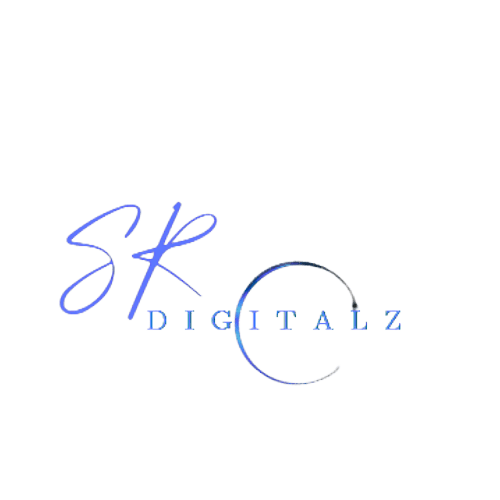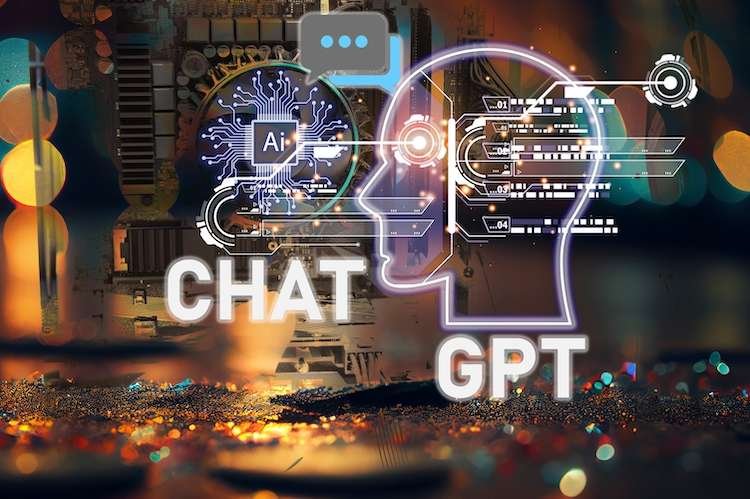B2B vs. B2C Digital Marketing: Key Differences and Strategies
There are notable differences in digital marketing techniques between business-to-business (B2B) and business-to-consumer (B2C) situations. Comprehending these distinctions is essential to crafting impactful advertisements customized for every demographic.

Key Differences
- Target Audience
- B2B: Since other businesses are usually the intended audience, marketing initiatives are focused on decision-makers like CEOs, managers, and procurement officials.
- B2C: Individual customers are the target market, with an emphasis on their unique needs, wants, and preferences.
- Decision-Making Process
- B2B:The purchasing procedure typically takes longer and involves more parties. Decisions are made using reasoning, return on investment, and possible business effects.
- B2C: Typically, the purchasing process is quicker and motivated by a person’s requirements, wants, and feelings.
- Content Strategy
- B2B: Content usually focuses on offering value and showcasing expertise, and is more in-depth and educational. In-depth articles, webinars, case studies, and whitepapers are typical.
- B2C: The goal of the more enjoyable and engaging content is to evoke an emotional response. Infographics, videos, blog articles, and social media material are common formats.
- Communication Channels
- B2B: Because LinkedIn, industry-specific forums, and email marketing are professional and may target particular roles within firms, they are important channels.
- B2C: Social media sites with a large following and personal consumer engagement, such as Facebook, Instagram, TikTok, and YouTube, are favored.
- Marketing Goals
- B2B: Creating leads, establishing enduring connections, and becoming an authority in the field are common goals.
- B2C: Typically, objectives center on increasing brand recognition, generating quick sales, and cultivating client loyalty.
Tailoring Your Digital Marketing Approach
B2B Digital Marketing Strategies:
- Content Marketing
- Use eBooks, whitepapers, and in-depth blog posts to highlight your expertise and provide in-depth content that addresses industry challenges and offers solutions.
- IBM, for example, uses thought leadership content, such as research reports and expert articles, to position itself as a leader in the tech industry.
- Email Marketing
- Create customized content for targeted email marketing based on the buyer’s journey stages. Over time, nurture leads using automation.
- As an illustration, HubSpot sends prospects customized content that helps them go through the sales funnel using segmented email lists.
- LinkedIn Marketing
- Use LinkedIn for customized advertising, networking, and exchanging industry ideas. Engage in pertinent groups to create credibility and foster relationships.
- Adobe, for instance, engages a professional audience by sharing case studies and success stories on LinkedIn.
B2C Digital Marketing Strategies:
- Social Media Marketing
- Make content that appeals to your target audience and is both shareable and interesting. Use reels, live sessions, and anecdotes to establish instantaneous connections with customers.
- As an illustration, Glossier’s Instagram approach, which emphasizes influencer partnerships and user-generated content, has assisted them in developing a devoted following.
- Influencer Partnerships
- Collaborate with influencers who share your brand’s beliefs to expand your audience and establish credibility.
- For instance, Daniel Wellington’s usage of Instagram influencers increased sales and brand awareness considerably.
- Personalization
- Utilize data to tailor the buying experience; this can include targeted advertisements based on browsing history or personalized product recommendations.
- Example: To improve the shopping experience and increase sales, Amazon’s recommendation engine makes product recommendations based on user data.
Case Studies
B2B Case Study: IBM
To promote their cloud services, IBM started a content marketing strategy that was centered on thought leadership. They produced a number of whitepapers, research studies, and case studies that demonstrated how their products assisted companies in resolving challenging issues. Through email marketing and LinkedIn distribution, IBM was able to create a steady stream of quality leads and position itself as a reliable authority in the cloud computing industry.

B2C Case Study: Glossier
The beauty firm Glossier used Instagram to cultivate a devoted following of users. By re-sharing images of users using their products, they promoted user-generated content and worked with influencers to reach a wider audience. Their sales significantly grew as a result of this strategy, which also raised brand awareness and fostered a sense of authenticity and trust.

Through an awareness of the distinctive features of B2B and B2C marketing, companies may create focused plans that successfully connect and involve their target markets. Digital marketing efforts that are more successfully tailored to the unique demands and behaviors of your target audience will yield greater results.
FAQs: B2B vs. B2C Digital Marketing
General Questions
1. What is the main difference between B2B and B2C digital marketing?
- The target audience is where the main distinction is found. B2B marketing concentrates on business-to-business connections and rational decision-making. B2C marketing focuses on one-on-one interactions with customers, highlighting benefits to the individual and emotional ties.
2. Why is the decision-making process longer in B2B marketing?
- B2B transactions usually entail larger expenses and a bigger impact on the company. They also necessitate clearance from a number of stakeholders and a careful consideration of all available options, which lengthens the decision-making process.
3. What types of content are most effective for B2B marketing?
- B2B transactions usually entail larger expenses and a bigger impact on the company. They also necessitate clearance from a number of stakeholders and a careful consideration of all available options, which lengthens the decision-making process.
4. Which social media platforms are best for B2C marketing?
- Facebook, Instagram, TikTok, YouTube, and other social media platforms have a large audience base and provide great visual material, which makes them perfect for business-to-consumer (B2C) marketing.
5. How can personalization be implemented in B2C digital marketing?
- Personalized email campaigns, product suggestions based on browsing history, targeted ads, and tailored user experiences on websites and apps are some of the ways that B2C marketers can achieve personalization.
Content Strategy
6. How should B2B content be structured to engage decision-makers?
- B2B material must to be organized to offer concise, useful insights and answers to common business problems. To establish credibility and confidence, it should contain case studies, testimonials, and data-driven research.
7. What role does storytelling play in B2C marketing?
- In business-to-consumer marketing, storytelling fosters an emotional bond with customers that increases brand memorability and relatability. It can be used to draw attention to benefits of the product, brand values, and customer experiences.
8. How can user-generated content be leveraged in B2C campaigns?
- Customers can benefit from user-generated content (UGC) by being encouraged to post about their interactions with the brand on social media. Utilizing user-generated content (UGC) for product satisfaction through social proof can boost authenticity and trust.
Channels and Tools
9. What are some effective B2B marketing channels besides LinkedIn?
- Effective B2B marketing channels, in addition to LinkedIn, include webinars, email marketing, industry-specific forums and periodicals, conferences, and trade exhibits.
10. How can marketing automation benefit B2B campaigns?
- By managing email campaigns, streamlining lead nurturing, and offering comprehensive analytics, marketing automation enables B2B marketers to effectively engage prospects and advance them through the sales funnel.
11. What are some key metrics to track in B2C social media campaigns?
- Engagement rates (likes, comments, shares), reach and impressions, click-through rates, conversion rates, and customer sentiment are important indicators for business-to-consumer (B2C) social media marketing.
Case Studies
12. Can you provide an example of a successful B2B content marketing campaign?
- For instance, IBM used email marketing and LinkedIn to disseminate whitepapers, research reports, and case studies as part of a cloud services campaign that emphasized thought leadership. Through this strategy, IBM was positioned as a reliable industry authority and produced high-quality leads.
13. What are some examples of successful influencer collaborations in B2C marketing?
- As an illustration, Glossier’s partnerships with Instagram beauty influencers helped them reach a wider audience, raise brand awareness, and cultivate a devoted following of customers—all of which contributed to a notable boost in sales.
14. How do B2B and B2C companies measure the ROI of their digital marketing campaigns?
- B2B: Metrics including lead generation, conversion rates, cost of acquisition, and customer lifetime value are used to calculate ROI.
- B2C: Metrics like sales income, customer retention rates, average order value, and the potency of particular marketing channels are used to calculate ROI.
Businesses can better grasp the different strategies needed for B2B and B2C digital marketing initiatives by answering these commonly asked questions.







